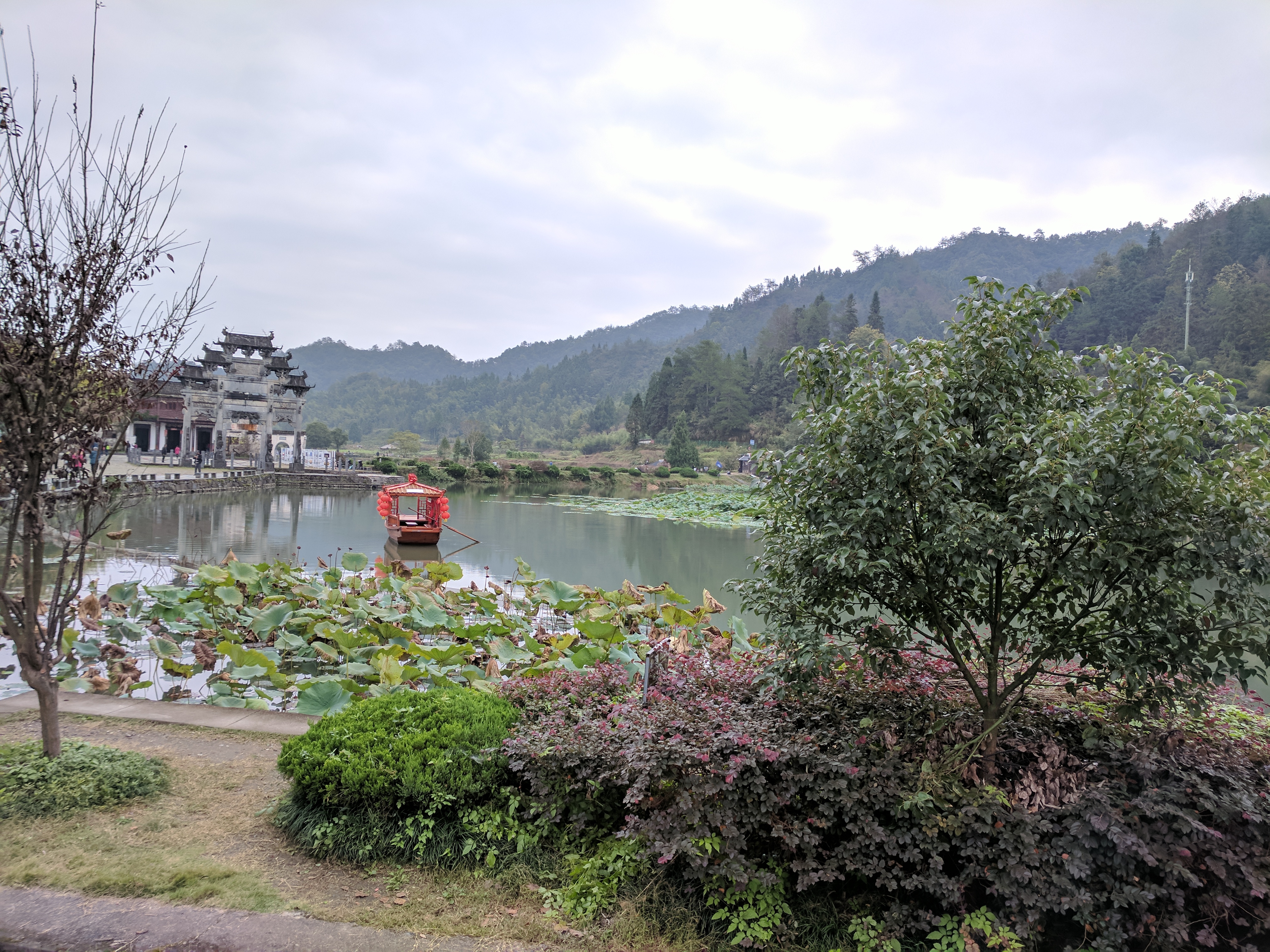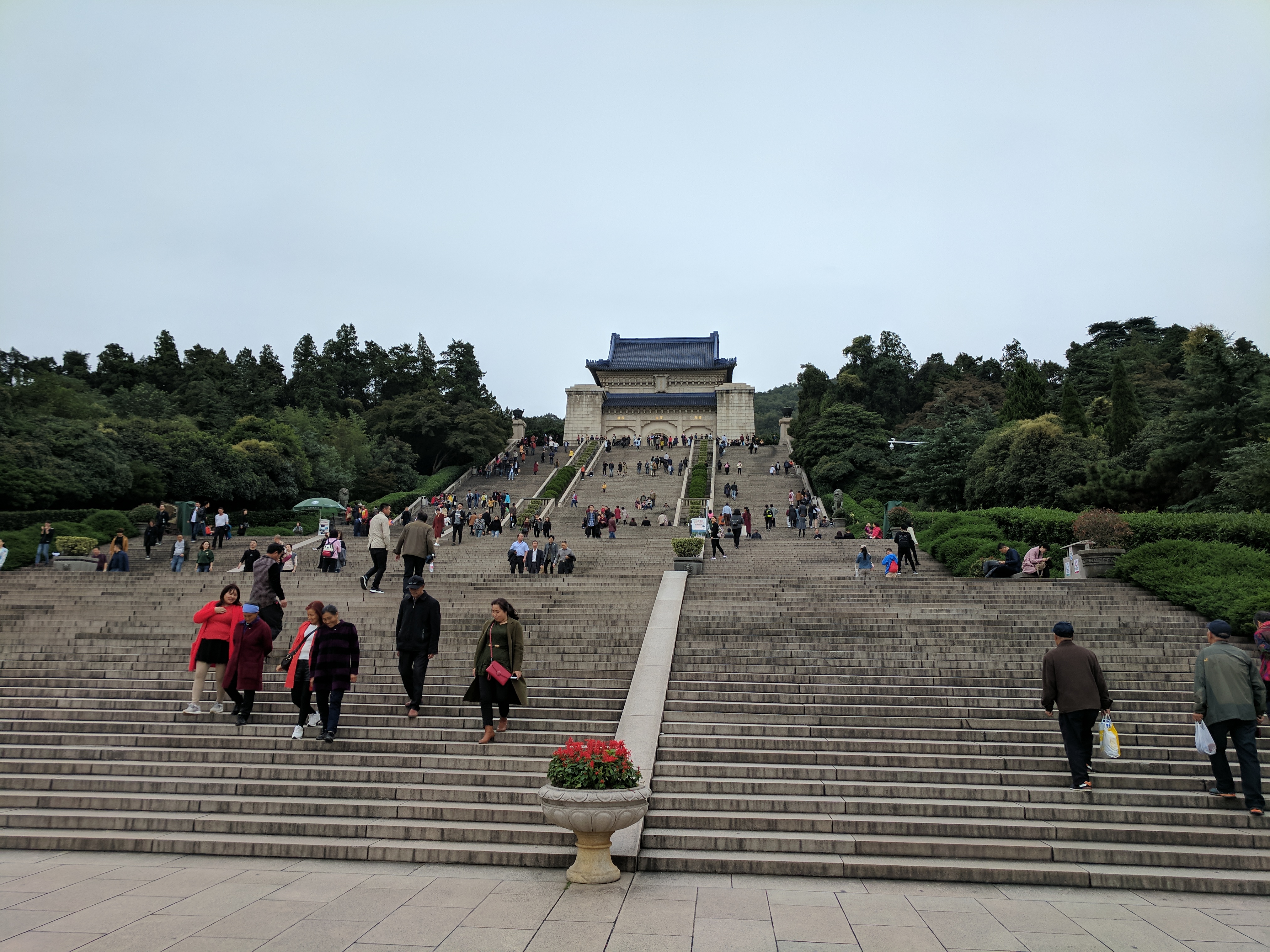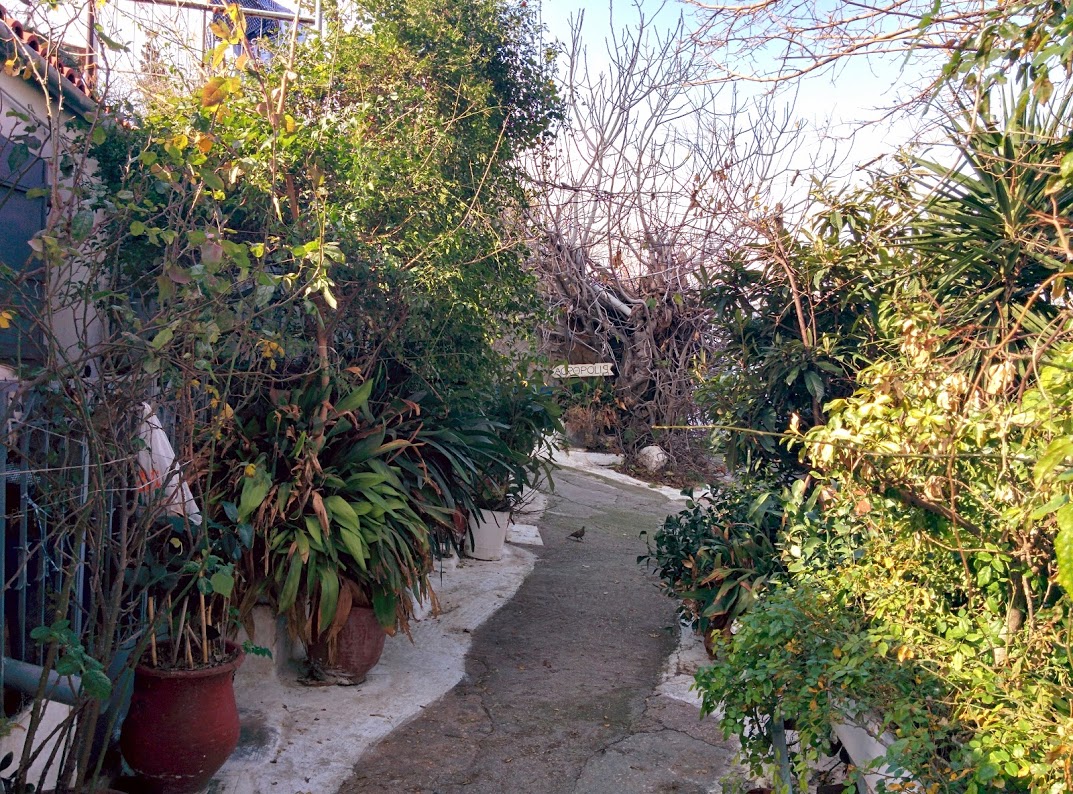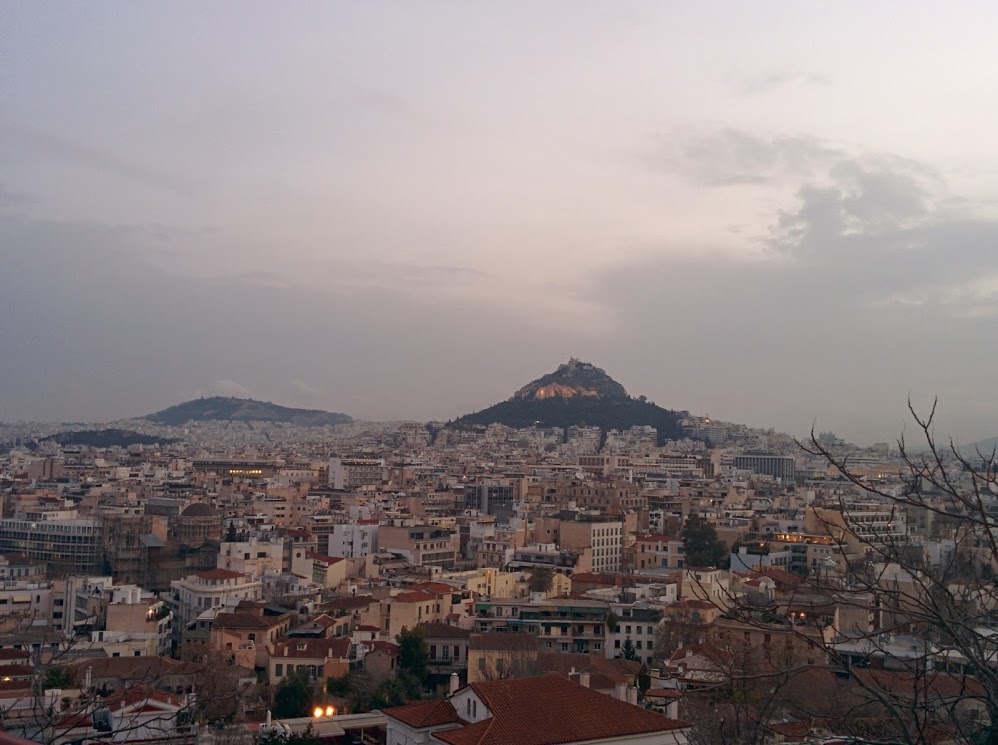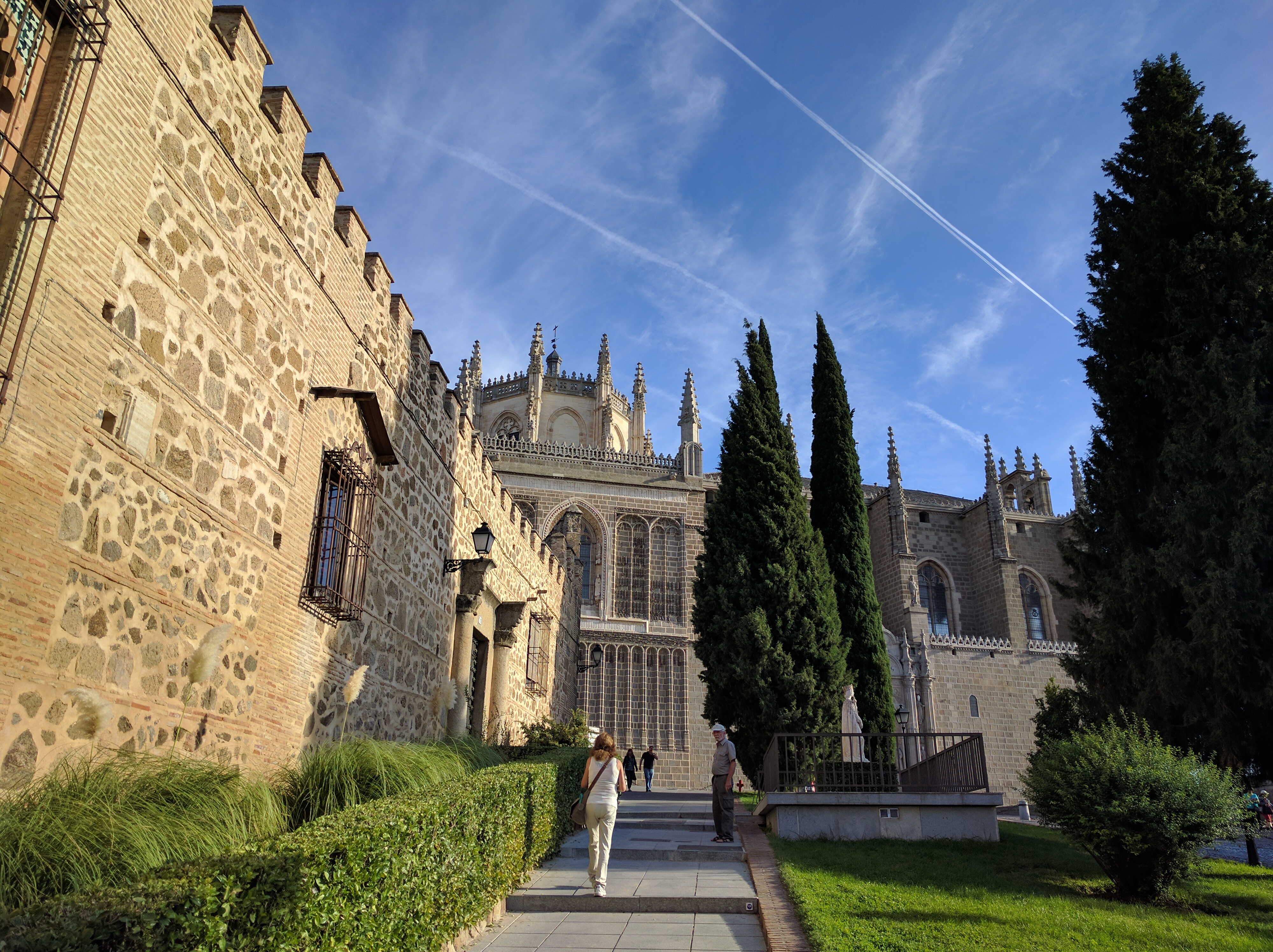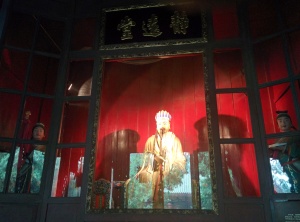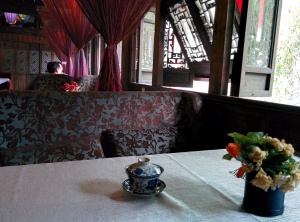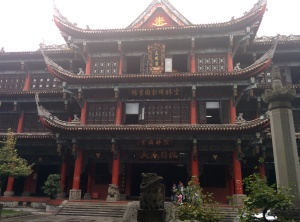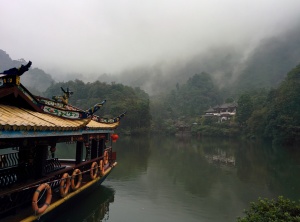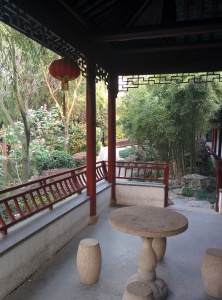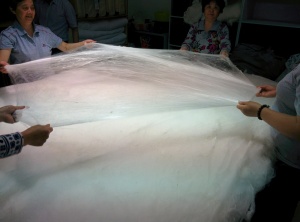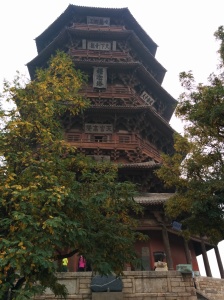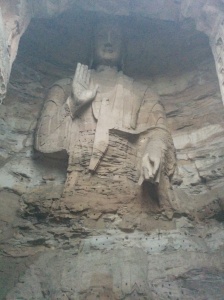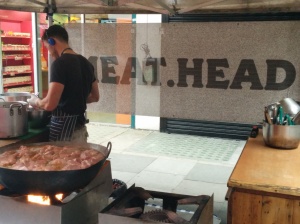A week ago I returned to Florence, on what is my third trip to the city. I had a great time.
That seems like the most banal of possible statements, except in revisiting my old blog entries I remembered I had a singularly unpleasant impression of Florence. During my 2014 road trip through Europe, I had this to say:
“What I found instead were: tourists; historic scenery made unsightly by the presence of posing tourists; the impossibility of getting anywhere on time due to parade of tourists; three hour long lines for every attraction composed of impatient tourists; overpriced goods and services to swindle tourists; and locals who despise you for being another god-damned tourist”
I don’t believe tourism in Italy has declined since then, in this post-pandemic boom; nor has my tolerance of long lines improved. Certainly for the entire weekend, there was always an interminable line around the Duomo and the other two most popular attractions, the Uffizi Gallery and Palazzo Pitti. So what’s changed?
To be frank, 2014 was my first big solo trip, and I made many, many mistakes. Looking back, I almost wince at the wasted time and squandered opportunities. The only saving grace is to see it as a learning experience. With the benefit of greater experience, especially after moving to Zurich in 2018 in order to have easier access to Europe, I feel I have a much better grasp of how to enjoy a city like Florence. Hopefully there is someone else in the world that might benefit from the things I’ve learned.
1. Going in with a plan
This is not the same as preparing a full itinerary. I prefer to be fairly spontaneous in my travels, and a great part of the joy of exploring European cities is in the wandering. But I knew I had one goal for the weekend, which was to see the David, and that was in the Galleria dell’Accademia, which always had long lines, so I made sure to book my ticket well in advance.
For everything else, I had a rough list of secondary attractions, and I did not anticipate any of them to be particularly problematic as long as I avoided the Big Three. Indeed, I had no trouble getting into the basilicas Santa Maria Novella and Santa Croce, and San Marco was positively deserted despite being a mere block away from the Accademia. I was excited to find the Bargello National Museum unexpectedly open in the afternoon, which only happens on Saturdays, and that added an impromptu stop. When it turned out La Specola, the natural history museum founded by the Medici, had been closed since COVID, it was no great matter to instead visit Museo Galileo.
And for this, the sheer concentration of interesting places to explore and how traversable the old town is by walking, Florence really shines. Yes, the cathedral is a magnificent edifice of the high renaissance, but if you spend half a day in line just to get in, then it’s not really as comparatively impressive as other cities you could visit.
Better instead to just drop by and spend fifteen minutes walking around the courtyard of the Badia, which is not really even an attraction as much as a functioning monastery with monks selling their daily produce instead of tickets to some exhibit. But its belltower is an iconic fixture of the Florentine skyline, and the Benedictine cloister makes for an interesting contrast with the Dominican San Marco and the Franciscan Santa Croce.
2. Spend money where it counts
Pretty much every European city is a better experience to walk or take public transport than to drive in. Florence in particular is a nightmare to take a car into its narrow winding alleys. This time I was able to catch a direct flight and simply take the tram from the airport, but in 2014 I was driving. That in itself is not a problem. Roadtrips are great fun and the best way to visit the equally interesting and picturesque villages and natural scenery. But when staying in the center is a key part of the city experience, sometimes you just have to suck it up and pay for the downtown hotel valet parking, even if the car itself will be utterly useless to you while you are in the city, and even when it costs 50 euros a night. Following this one rule would have saved me so much time and frustration back then.
Conversely, so long as the accomodations are well located, I’ve found little reason to splurge on space and quality. Star ratings are quite inconsistent across Europe, and generally hotels in the city center will feel cramped compared to the American standard unless you really pay through the nose. In the end it matters little, as there is always something to do out there, and no reason to be in the room except to sleep.
Another costly purchase that I’ve never regretted is a good data connection. I’m paying almost 80 a month for an unlimited pan-Europe phone plan, though if I lived in the EU it would be much cheaper. Even in the year of our lord 2023 there is no guarantee that even a well-regarded hotel will have reliable wifi. The problem is thankfully moot when you have 4G and tethering.

3. Nothing beats local expertise
This is perhaps the most common traveling tip out there, and not a point worth belaboring. Of course it’s obvious that having a friend who knows the place makes everything better, but not everyone has that privilege! But look, I don’t know anyone actually from Florence either. And it is possibly for that reason that it remains off my list of favorite Italian cities, surpassed by some others I was more intimately introduced to. But what I did have (and anyone could have) to my advantage this time was an extended perusal of Ada Palmer’s excellent history blog exurbe.com, half of which content is basically a love letter towards the city of Florence. Thanks to her, my trip was made more entertaining in a myriad ways, either by spotting the local saints Zenobius, Cosmas, and Damian in all manner of artwork, or sampling her recommendation of the city’s gelateria.
Walking into Santa Croce, I had my most vivid recollection of this, when immediately above the portal I spotted this painting of the embracing Saints Dominic and Francis, recognizable respectively by their red star and stigmata. The old me would have simply walked past this in blithe ignorance, but thanks to the blog teaching me not only how to recognize the two saints but the history of their orders in Florence, I managed to really appreciate this small token of fraternity.




